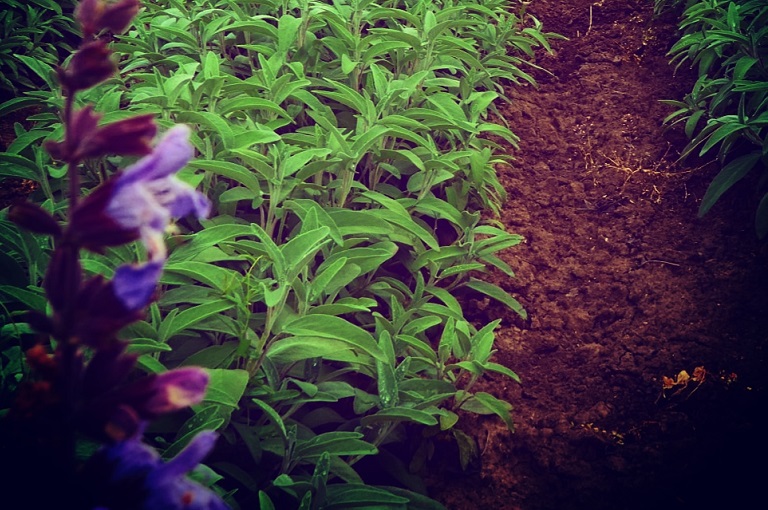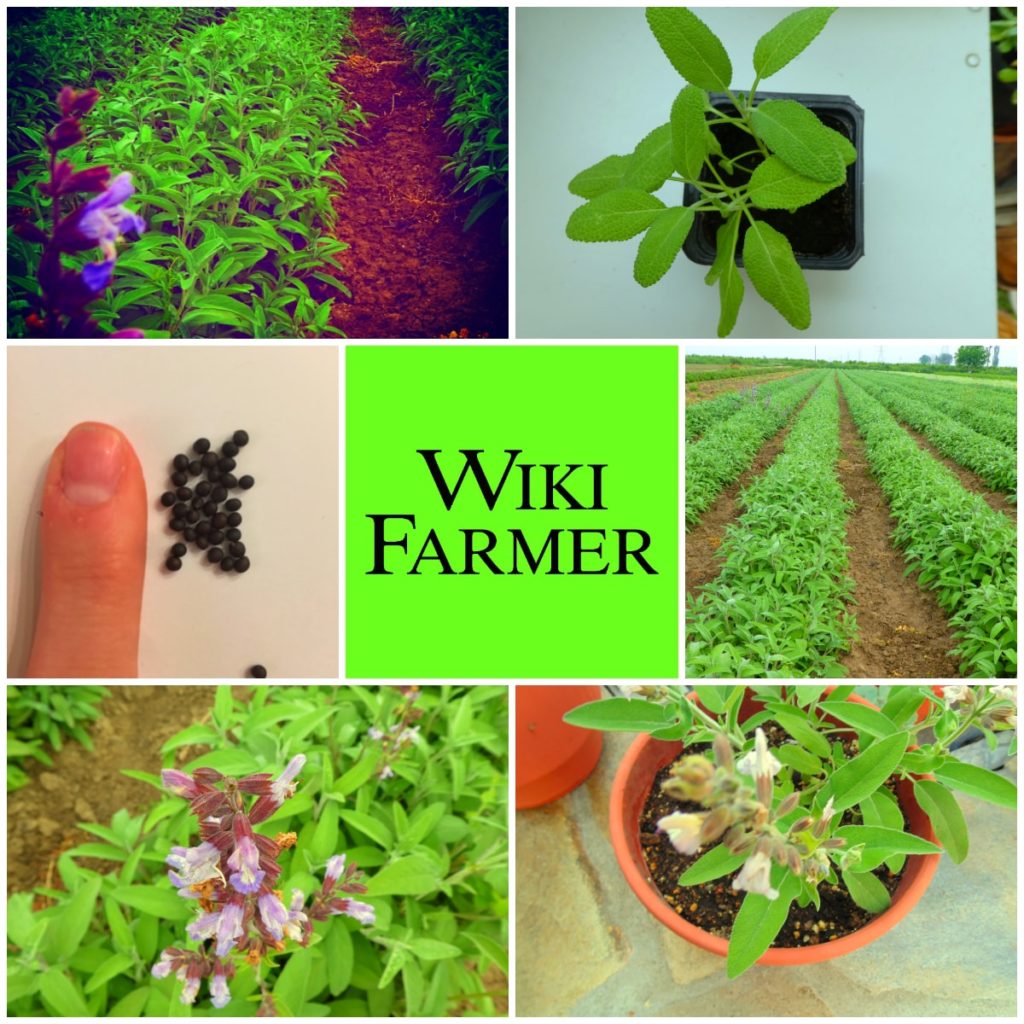Common Sage Uses & Plant Information

This post is also available in:
This post is also available in:
![]() Español (Spanish)
Español (Spanish) ![]() Français (French)
Français (French) ![]() Deutsch (German)
Deutsch (German) ![]() Nederlands (Dutch)
Nederlands (Dutch) ![]() हिन्दी (Hindi)
हिन्दी (Hindi) ![]() العربية (Arabic)
العربية (Arabic) ![]() Türkçe (Turkish)
Türkçe (Turkish) ![]() 简体中文 (Chinese (Simplified))
简体中文 (Chinese (Simplified)) ![]() Русский (Russian)
Русский (Russian) ![]() Italiano (Italian)
Italiano (Italian) ![]() Ελληνικά (Greek)
Ελληνικά (Greek) ![]() Português (Portuguese (Brazil))
Português (Portuguese (Brazil)) ![]() Indonesia (Indonesian)
Indonesia (Indonesian)
Common Sage Uses:
- Sage leaves are used as a tea.
- Sage leaves are used as a spice in sausages, meat, fish and honey. They are also added in cheese, salads and other foods.
- The Essential oil of Sage has medicinal properties and is used in numerous industries (perfume, cosmetics, personal hygiene, insect repellents, oral mouthwash solutions).
- Sage is also used as an ornamental in various floral creations.
Sage (Salvia officinalis L.) is an aromatic and medicinal, evergreen, perennial subshrub. It belongs in the Lamiaceae or Labiatea family, the family of Basil, Lavender and Thyme. The plant is native in Southeastern Europe, in the Mediterranean and in Northern Africa. The scientific name Salvia derives from the Latin word ‘salveo’ which means ‘salvation’, ‘to be in good health’, ‘to save’, ‘to heal’. Salvia officinalis includes more than 900 cultivars, but only a few are widely cultivated for profit. Common sage leaves are used for centuries in cooking and in traditional medicine. Moreover, sage is widely used as an ornamental plant. Salvia officinalis is mostly cultivated in Mediterranean countries (Spain, Italy, Morocco, Greece, Turkey), in the United States, in Poland and Romania and in some countries of the Adriatic (Albania).
Generally, Salvia sp. is bushy and can grow from 16-60 inches (40-150 cm) depending on the variety. The stem is green during the first year, but it turns woody in the second year. Sage has opposite leaves, simple or pinnate, toothed or wrinkled and little hairy, ranging from gray to gray-green, purple or silver. The leaves can grow up to 5 inches long (12 cm), and are often aromatic. Salvia flowers are short, two-lipped, erect spikes and -depending on the variety- can have a blue, purple, violet, green, red, pink, orange, yellow or white color. In some other cases, they can be multicolored. The flowers have both male and female organs. In most cases, Common Sage flowers bloom in the early summer (May) and they naturally attract many bees, butterflies and sometimes even small birds.









































































